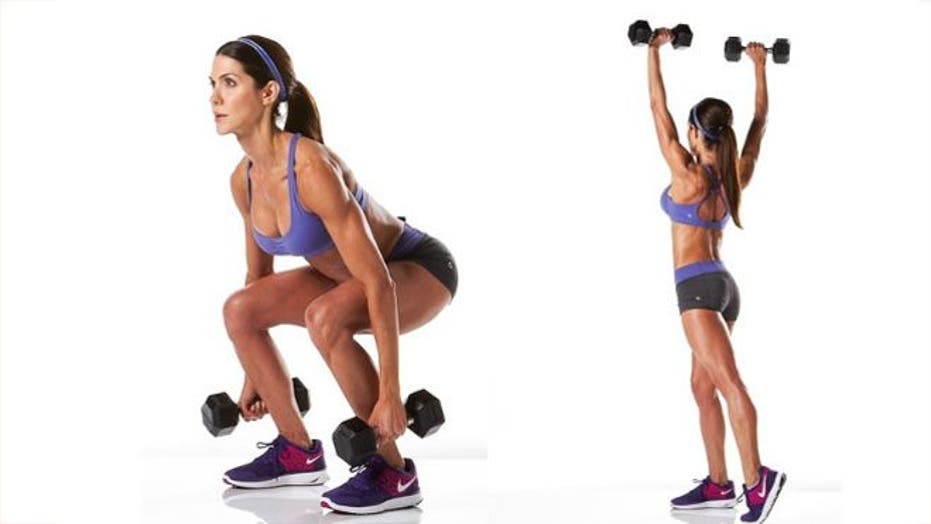Muscles get all the attention when it comes to working out. But rarely do gym rats talk about strengthening the bones, which are hardly noticed unless it’s a broken bone or a stress fracture.
What you may not have realized is that the stronger and bigger muscles are, the bones should also grow to accommodate the muscles adaptations. This explains why lifting weights boosts bone mass. Some types of resistance training do it better.
Bone mass workout
- Perform 2-3 sets of 10 reps.
- At the end of each exercise do the power move for 10-12 reps.
- Rest as much as 90s after each exercise.
- Perform a light warm-up and a cool down.
- Do this workout 2-3 times a week on non-consecutive days.
To induce new bone formation, minimal essential strain should happen. This is the minimal volume and intensity stimulus that should take place for the bone to adapt.
Studies show that the weighted squat produces the highest bump in the femur bone mass density. Meanwhile, some studies have shown no effect of training on bone mass used low training intensities, according to the American College of Sports Medicine (ACSM) in the Foundations of Strength Training and Conditioning book. So, what should you do?
Jump
This is the case when 51 untrained women, aged 20-35 years, were put in two to different types of workouts: high-impact aerobics and strength training. After 12 months, only the ones that performed the high impact aerobics resulted in significant increase of bone mass, according to a study published in the Physiology & Biochemistry Journal.
Dynamic, high intensity loading to the skeletal system is a paramount, writes the ACSM. Indeed, physical activities that require jumping, sprinting and agility are the ones that have proven to positively affect the bone mass while swimming and cycling are not the best ones for the bone health.
Bump up the bone mass
In general, the ACSM recommends:
-Multi-joint exercises to tackle different muscles and joints at once – squats, deadlifts, push-press.
-Loading should be high while reps should be low – 10 or less.
-Fast velocity contractions are recommended. Increasing the force requirement on skeletal muscles produces greater stress on bone.
-Rest intervals should be long – 2 min or so.
-Variation is important to keep the stimuli.
As muscles need proper nutrition to become stronger, bones have their needs too. Beyond the common targets such as calcium, magnesium and vitamin D, watch out the belly fat. The Radiological Society of North American found that too much of the dangerous abdominal body fat damages bone health.
Do all this to prevent the around 1 percent of bone density loss every year after 30. But don’t expect fast results; as anything with exercise, bone growth takes several months so consistency is critical.
Bone mass workout
-Perform 2-3 sets of 10 reps.
-At the end of each exercise do the power move for 10-12 reps.
-Rest as much as 90s after each exercise.
-Perform a light warm-up and a cool down.
-Do this workout 2-3 times a week on non-consecutive days.

